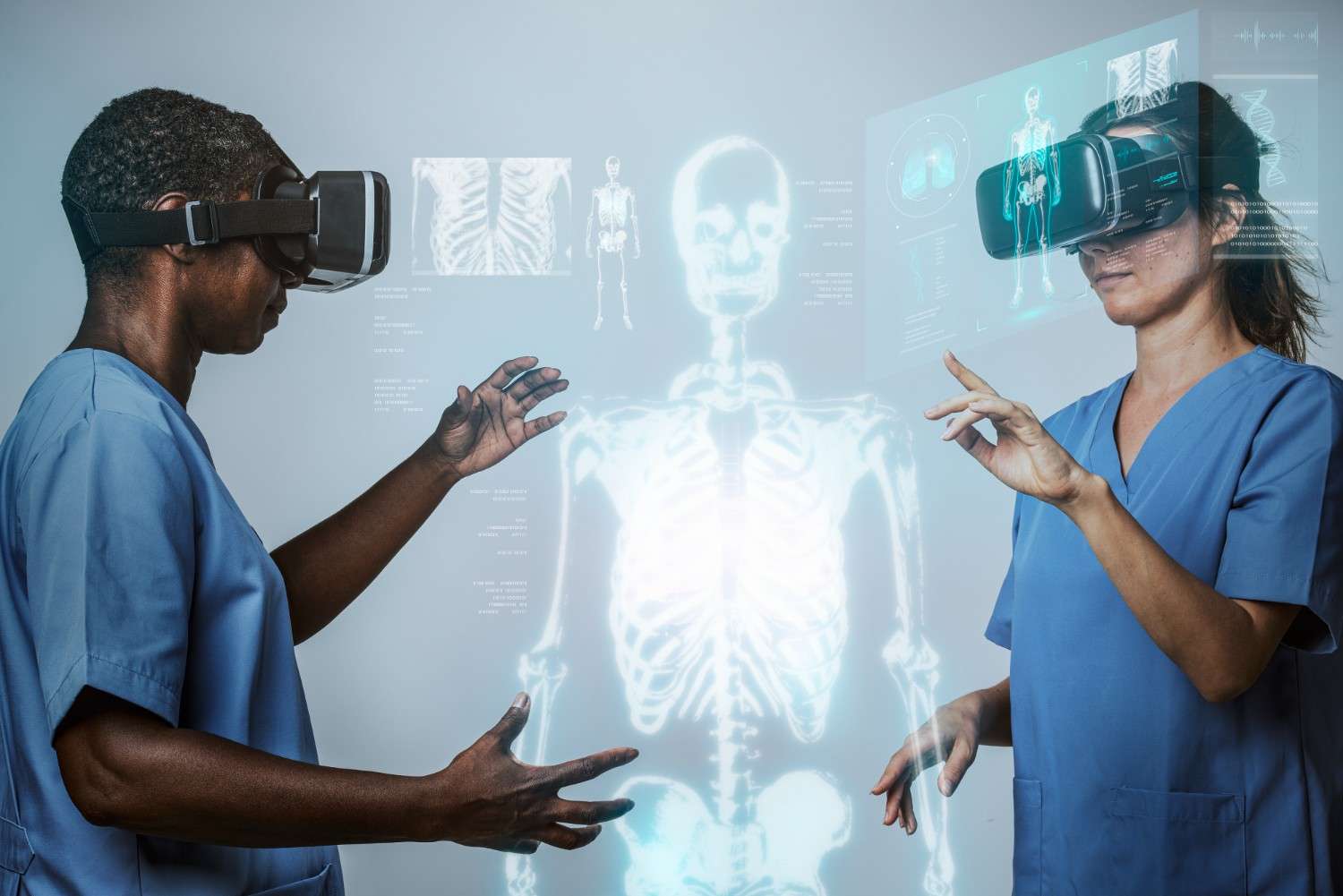Wearable Biomechanics Analysis for Athlete Performance
Physics
A technology that uses wearable sensors and AI-powered analytics to track and analyze athlete biomechanics, providing personalized insights to improve performance and reduce injury risk.
The wearable sensor technology utilizes a combination of inertial measurement units (IMUs), electromyography (EMG) sensors, and force plates to collect kinematic and kinetic data on an athlete's movements. These sensors are strategically placed on the athlete's body or integrated into wearable devices such as smart clothing, armbands, or shoes. The IMUs measure acceleration, angular velocity, and orientation, while the EMG sensors capture muscle activity. The force plates, typically embedded in shoes or insoles, measure ground reaction forces and pressure distribution.The collected data is then transmitted to a cloud-based platform where AI-powered analytics software processes and analyzes the information. The analytics engine uses machine learning algorithms to identify patterns and anomalies in the athlete's biomechanics, comparing them to a vast database of movement profiles from various sports and activities. This enables the system to detect potential injury risks, such as abnormal movement patterns or muscle imbalances, and provide personalized recommendations for improvement.The AI-powered analytics engine also integrates with other data sources, such as athlete feedback, training logs, and sports science research, to provide a comprehensive understanding of the athlete's performance and progress. The insights generated by the system are presented in a user-friendly dashboard, allowing athletes, coaches, and trainers to track progress, set goals, and make data-driven decisions to optimize training and reduce injury risk.The technology also includes a feedback loop, enabling athletes to receive real-time feedback on their movements and make adjustments to their technique. This is achieved through haptic feedback, audio cues, or visual displays, allowing athletes to develop muscle memory and correct their biomechanics in real-time. By providing personalized insights and real-time feedback, the technology enables athletes to optimize their performance, reduce injury risk, and gain a competitive edge in their respective sports.
Professional sports teams can utilize this technology to monitor player performance and reduce injury risk, resulting in improved team performance and longer player careers.
Personal trainers and coaches can use this technology to provide more effective and personalized training programs for their clients, leading to better results and increased client satisfaction.
Rehabilitation centers can leverage this technology to help patients recover from injuries and surgeries by tracking their progress and providing personalized rehabilitation plans.
Sports equipment manufacturers can integrate this technology into their products to provide customers with real-time feedback on their performance and technique, enhancing the overall user experience.
The technology can be used in the military and defense sectors to monitor the physical and mental well-being of soldiers, reducing the risk of injury and improving overall performance.
Insurance companies can use this technology to incentivize policyholders to engage in healthy behaviors and reduce the risk of injury, leading to lower claims and improved customer outcomes.
The technology can be applied in the field of ergonomics to help prevent work-related injuries and improve employee productivity by analyzing and optimizing workplace biomechanics.
Researchers can utilize this technology to collect and analyze large datasets on human biomechanics, leading to new insights and discoveries in the fields of sports science, medicine, and ergonomics.
This technology can be used in the development of personalized sports training programs for youth athletes, helping to identify and develop talent at an early age.
The technology can be integrated into virtual reality and gaming applications to provide users with a more immersive and realistic experience, while also promoting healthy movement and exercise habits.

World Health Organization (WHO)
Artificial intelligence, Software
View Patent
